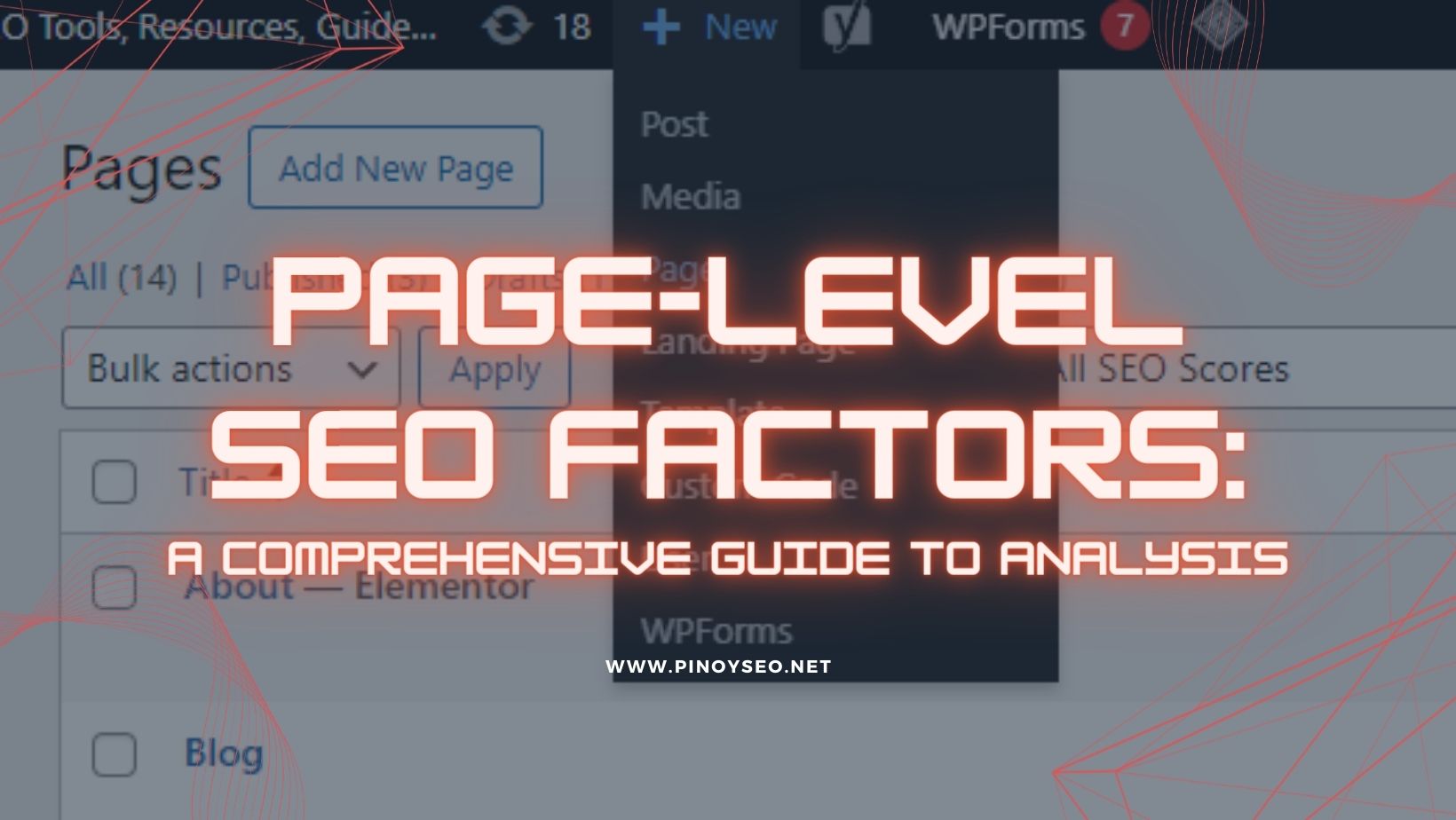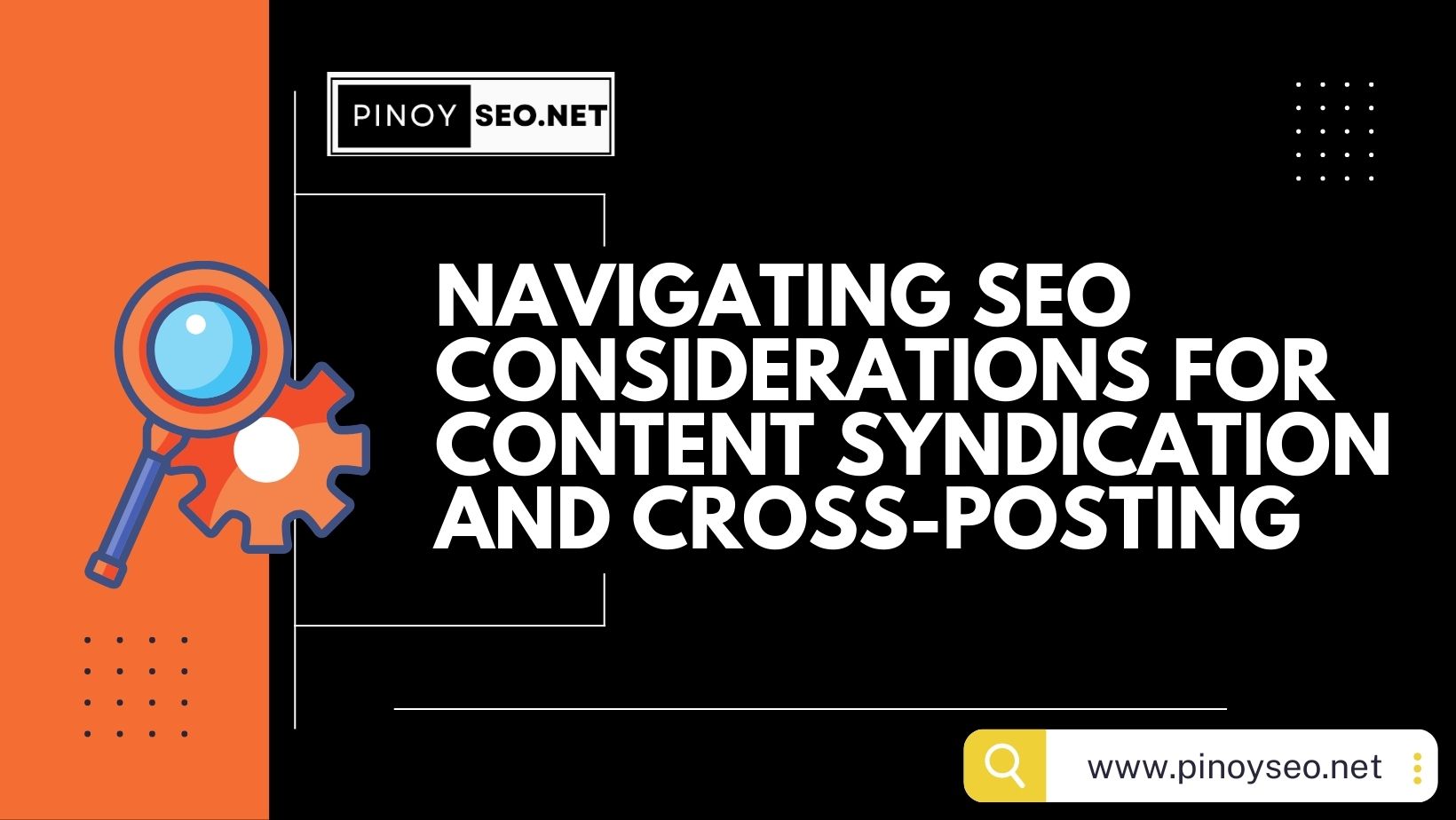In the fiercely competitive realm of online presence, mastering Page-Level SEO is not just an option; it’s the key to leaving your digital competitors in the dust. This comprehensive guide aims to delve into the intricacies of on-page optimization, providing you with actionable insights to propel your website to the forefront of Google’s search results.
I. Crafting SEO-Optimized Content
1. Quality Content Reigns Supreme
Quality content is the linchpin of effective on-page SEO. Search engines, especially Google, prioritize content that is informative, engaging, and relevant. Craft your content with a focus on providing real value to your audience.
2. Keyword Harmony
Achieving the right keyword density is a delicate art. Conduct thorough keyword research to identify terms your audience is searching for, and seamlessly integrate them into your content. Strive for a balance that feels natural and informative.
3. Readability Matters
User experience is paramount. Utilize proper formatting, clear headings, and concise paragraphs to enhance the readability of your content. A user-friendly experience not only keeps visitors on your page longer but also signals to search engines that your content is valuable.
II. Crafting Meta Titles and Descriptions
1. Crafting the Perfect Meta Title
The meta title is your website’s first impression. It needs to be concise, compelling, and contain your primary keyword. Craft a title that not only accurately represents your content but also entices users to click through.
2. Mastering Meta Descriptions
The meta description is your opportunity to provide a snippet of what your page offers. Optimize it by including relevant keywords and creating a compelling call-to-action. Think of it as your digital elevator pitch.
3. Header Tags for Structure
Header tags (h1, h2, h3) are not just for formatting; they structure your content for both users and search engines. Ensure a logical hierarchy, with h1 as your main heading, guiding readers through the content seamlessly.
III. Sculpting SEO-Friendly URLs
1. The Art of Crafting SEO-Friendly URLs
A well-structured URL not only aids SEO but also enhances user experience. Keep it concise, relevant, and include your primary keyword. Avoid unnecessary characters or parameters to maintain a clean and user-friendly URL structure.
2. Analyzing URL Structure
Perform a meticulous audit of your website’s URL structure. Consistency across your URLs makes navigation smoother for both users and search engine crawlers. A clear and organized structure contributes to a positive user experience.
IV. Mastering Image Optimization for SEO
1. The Role of Image Compression
Large image files can significantly impact page load times, a critical factor in SEO. Prioritize image compression to maintain quality while ensuring swift loading, pleasing both users and search engines.
2. Alt Text Optimization
Alt text isn’t just an accessibility feature; it’s a valuable SEO asset. Craft descriptive alt text that includes relevant keywords, helping search engines understand the context and content of your images.
3. Choosing the Right File Format
The choice of file format can affect not only image quality but also SEO. Consider factors like image complexity and the need for transparency when selecting the most appropriate file format for your images.
V. Step-by-Step Guide to Page-Level Analysis
1. Conducting a Comprehensive Content Audit
Initiate your page-level analysis with a thorough content audit. Identify areas of improvement, ensuring your content is up-to-date, relevant, and meets the evolving needs of your audience.
2. Evaluating Meta Tags and Descriptions
Dive deep into your meta tags. Evaluate their alignment with your content, relevance to search queries, and their effectiveness in enticing clicks. Meta tags play a pivotal role in shaping a user’s first impression of your page.
3. Analyzing Header Tags and Structure
Evaluate the hierarchy of your header tags. Ensure they follow a logical order, providing both users and search engines with a roadmap through your content. A well-structured hierarchy enhances the overall user experience.
4. Optimizing URLs for Enhanced SEO
Conclude your analysis with a focus on URL optimization. Confirm that your URLs are concise, relevant, and align with the content they represent. A clean URL structure facilitates navigation and contributes to improved SEO.
5. Fine-Tuning Image Optimization
Complete your page-level analysis by fine-tuning image optimization. Confirm that all images are compressed, have descriptive alt text, and are in the most suitable file format. This ensures that your visual elements contribute positively to both user experience and SEO.
In conclusion, armed with this comprehensive guide to page-level SEO analysis, you are now equipped to navigate the intricacies of on-page optimization with finesse. Remember, each element plays a crucial role in enhancing your website’s visibility on search engines. Commit to regular audits and refinements, ensuring that your website not only meets but exceeds the expectations of users and search algorithms alike.


